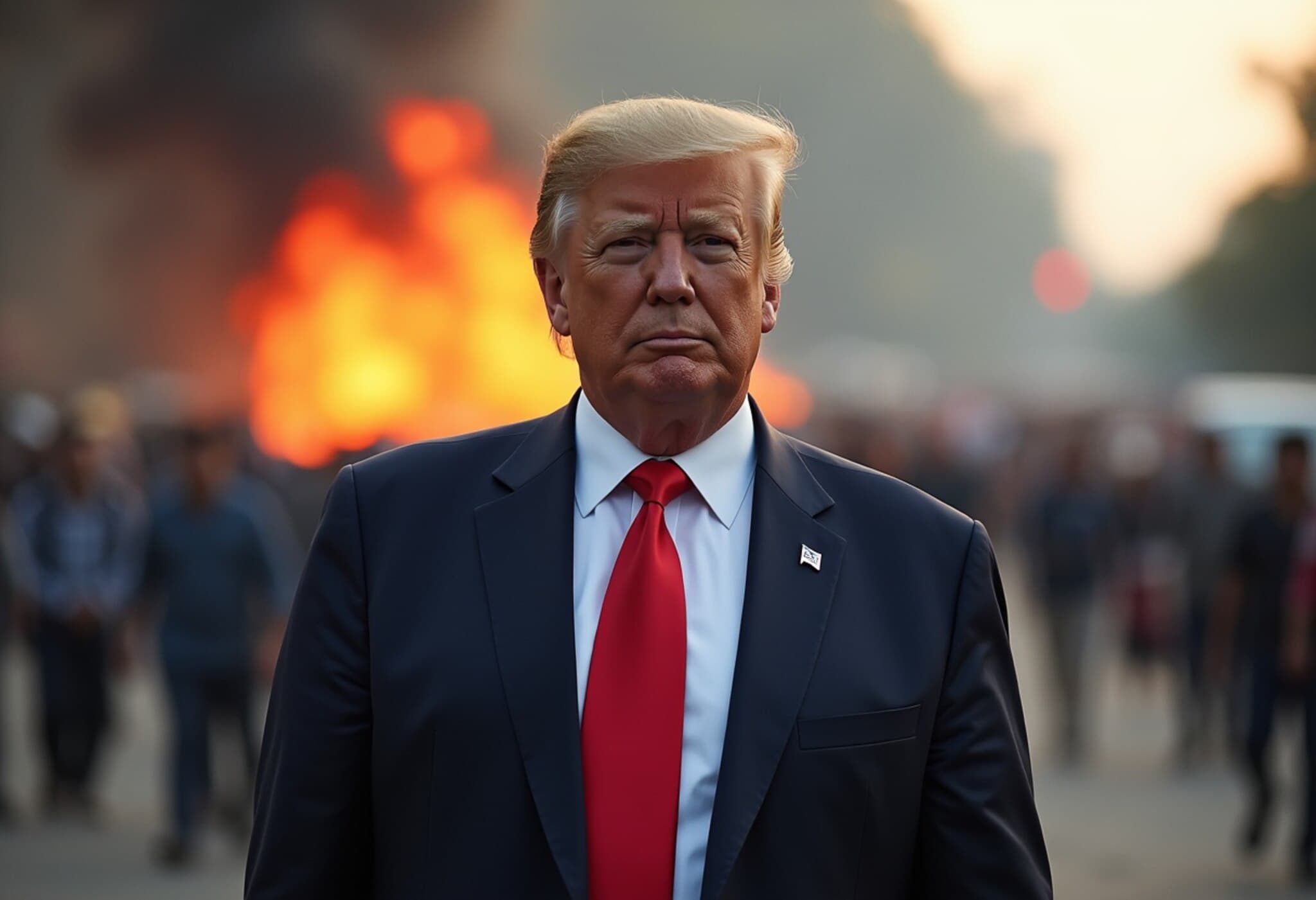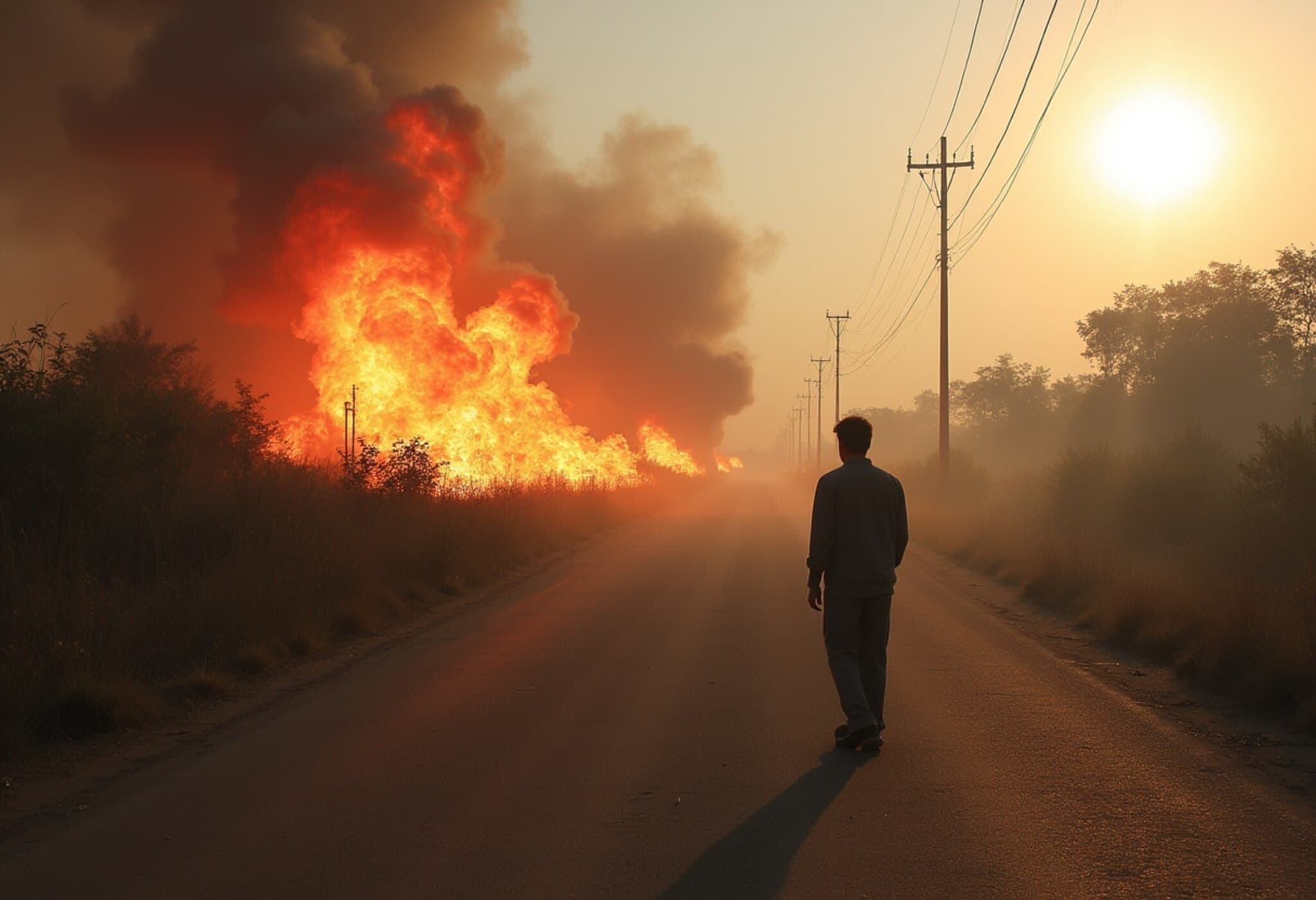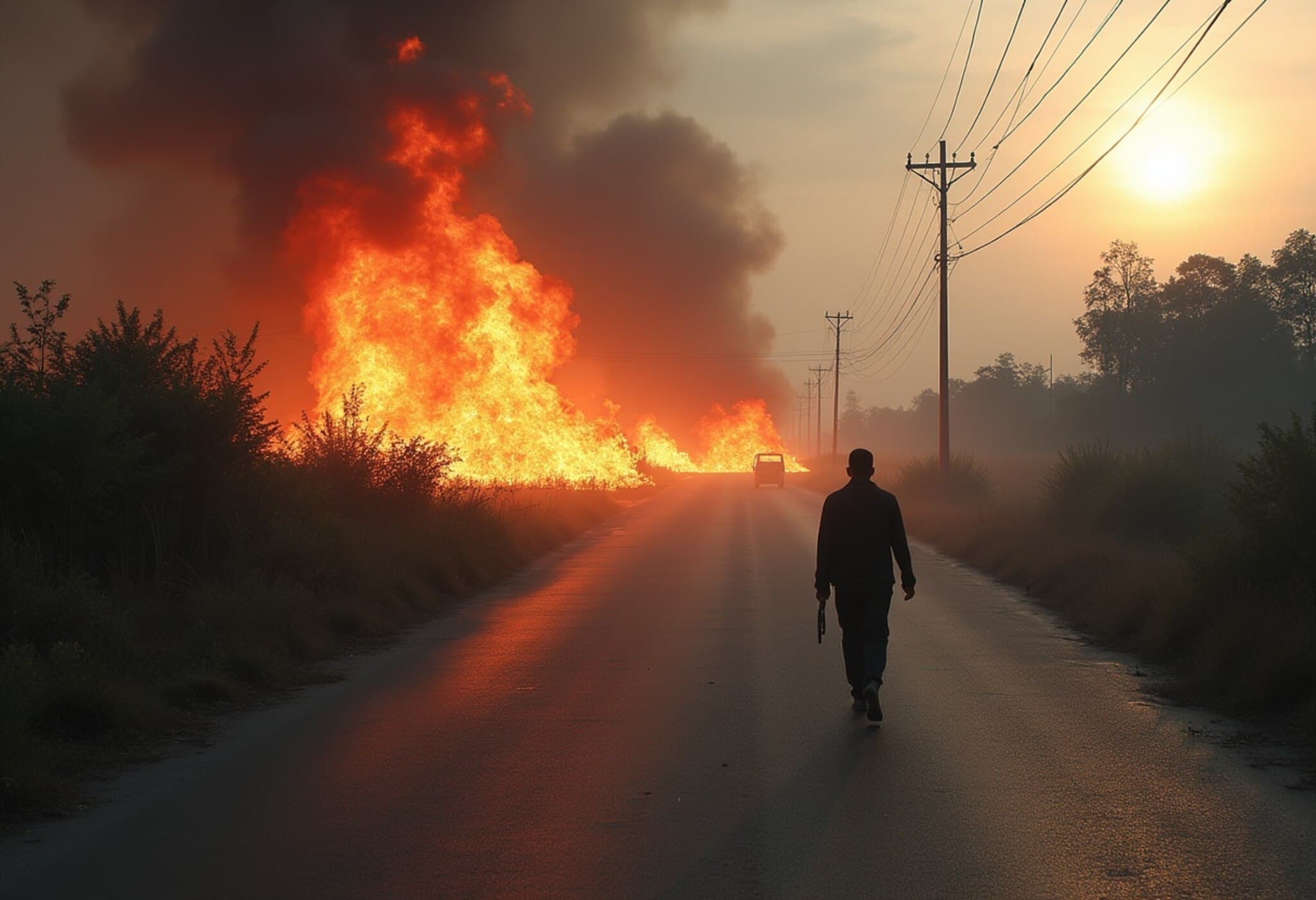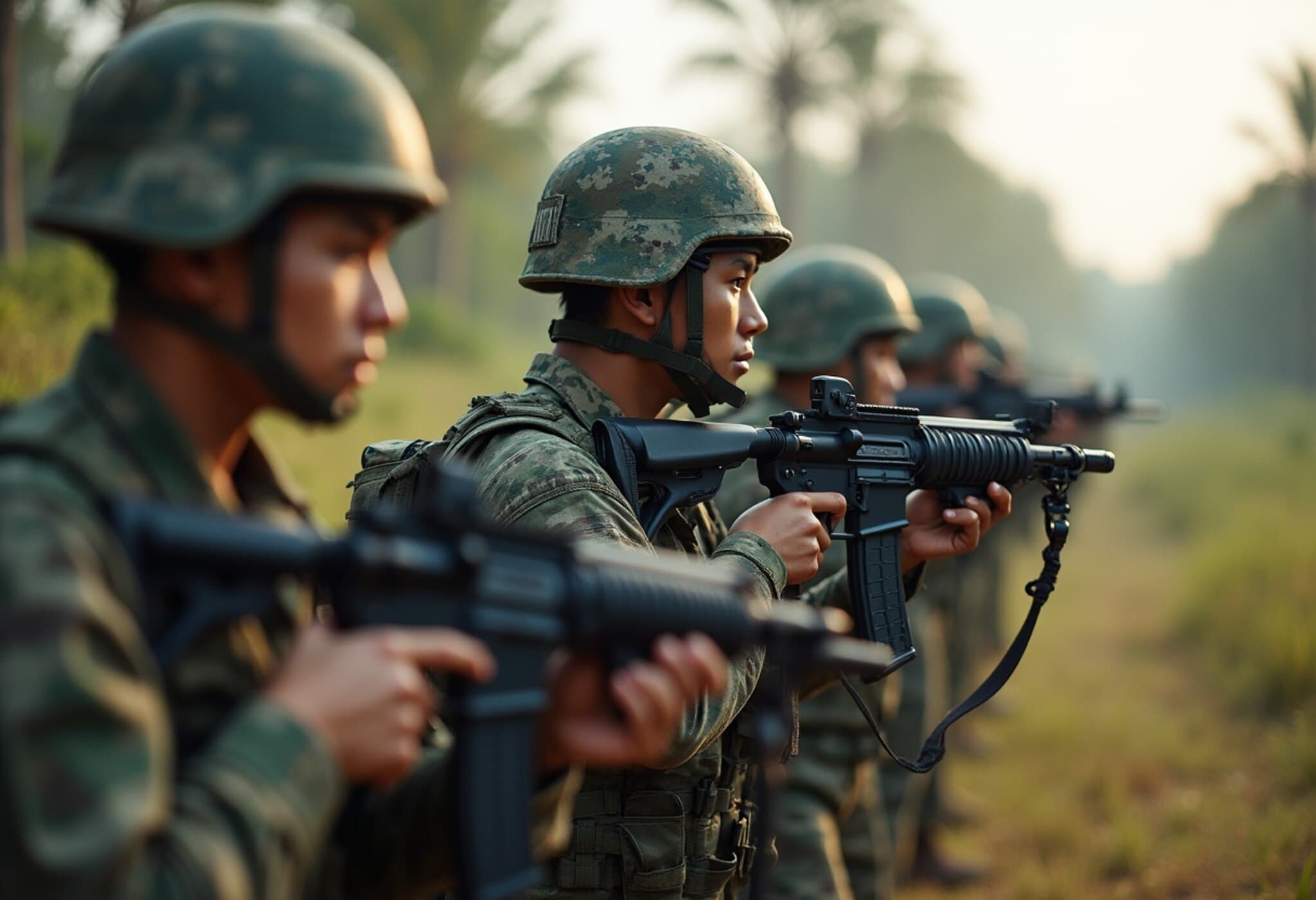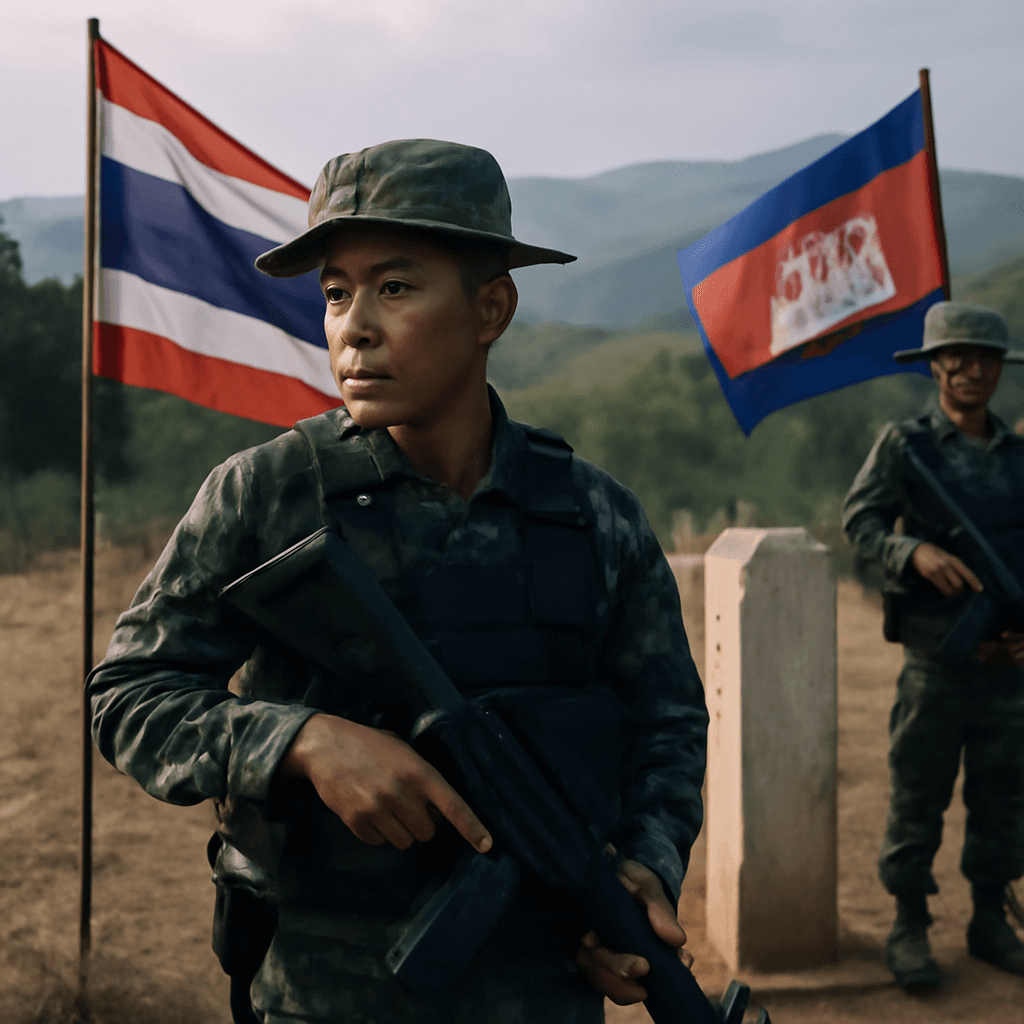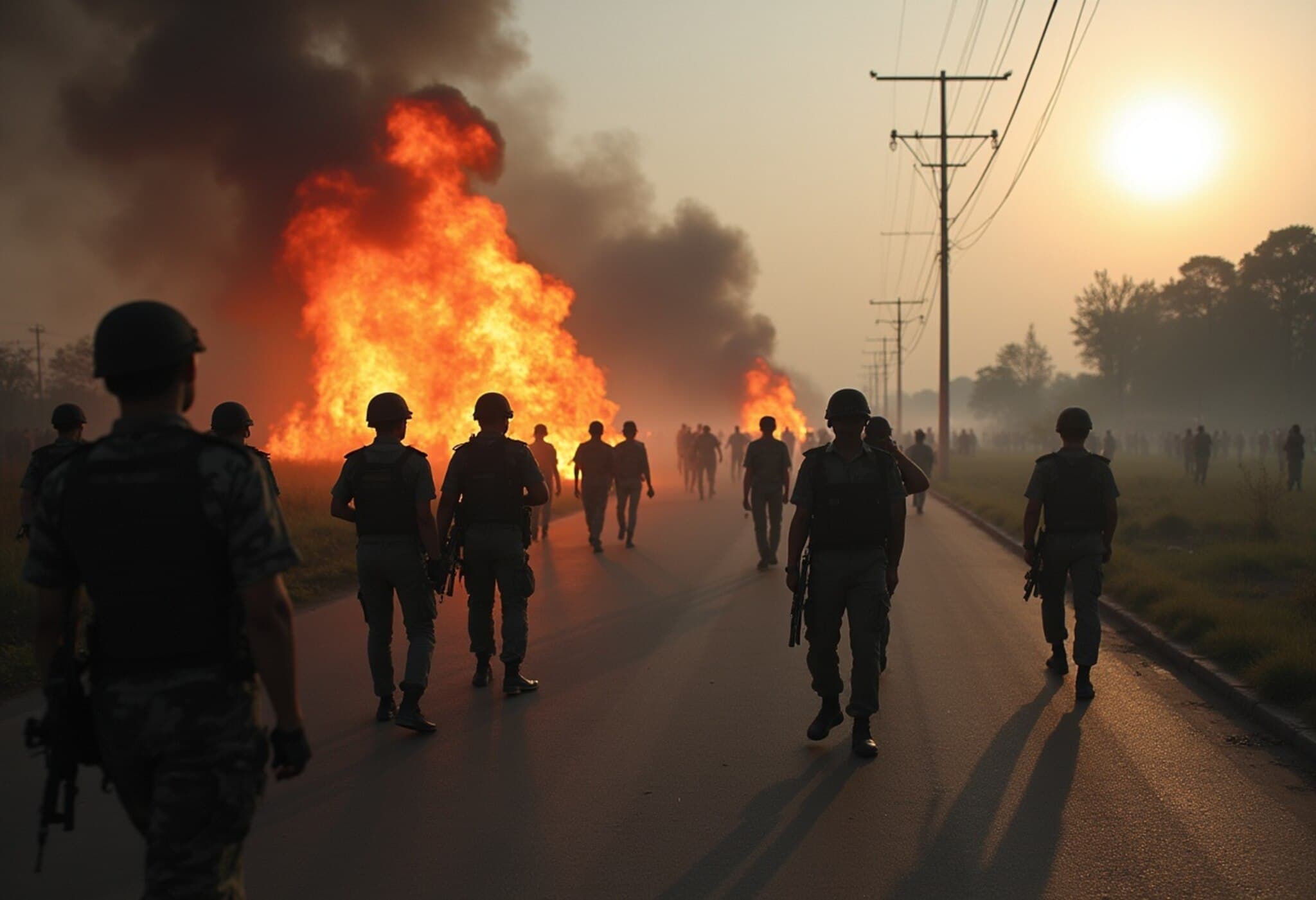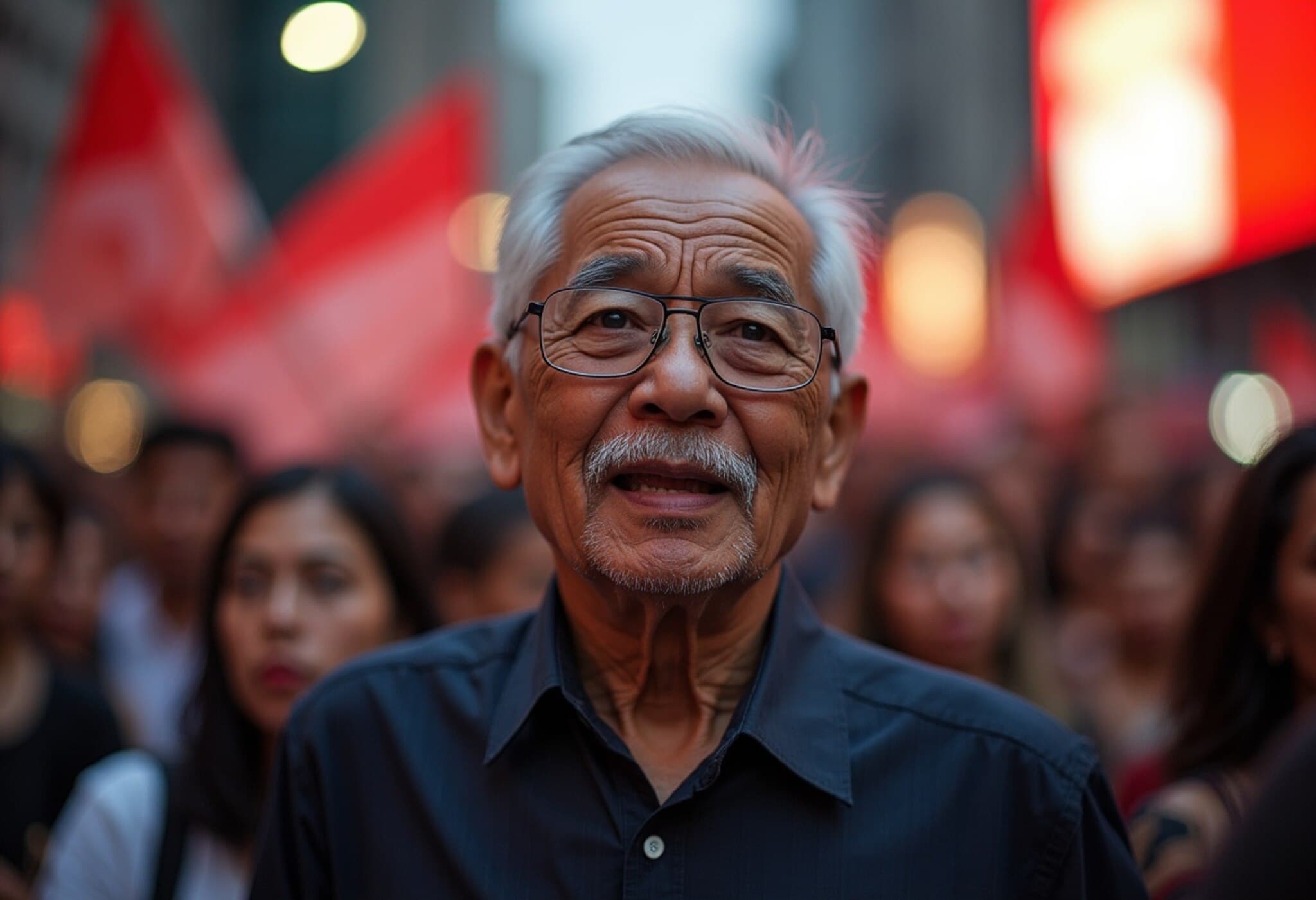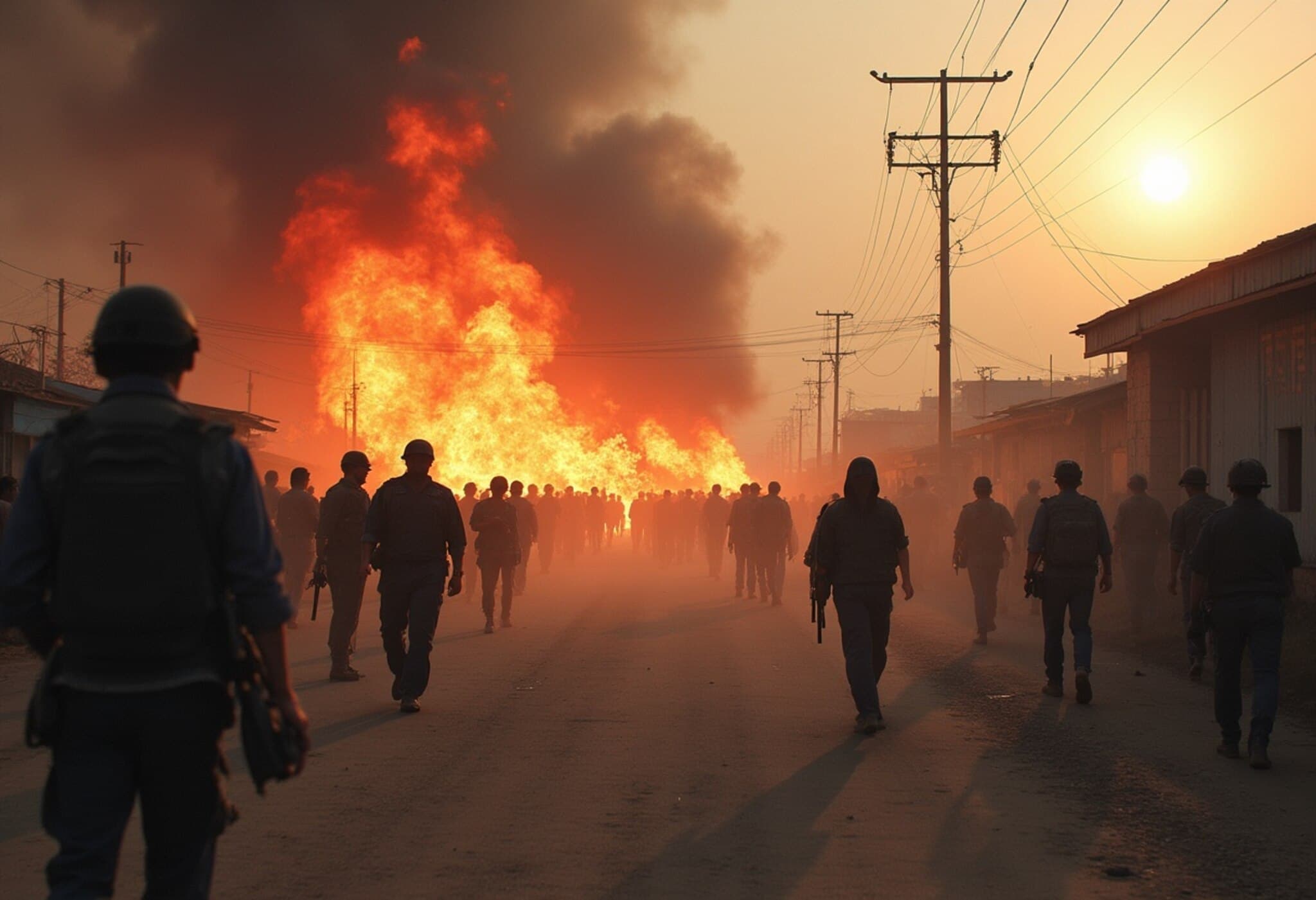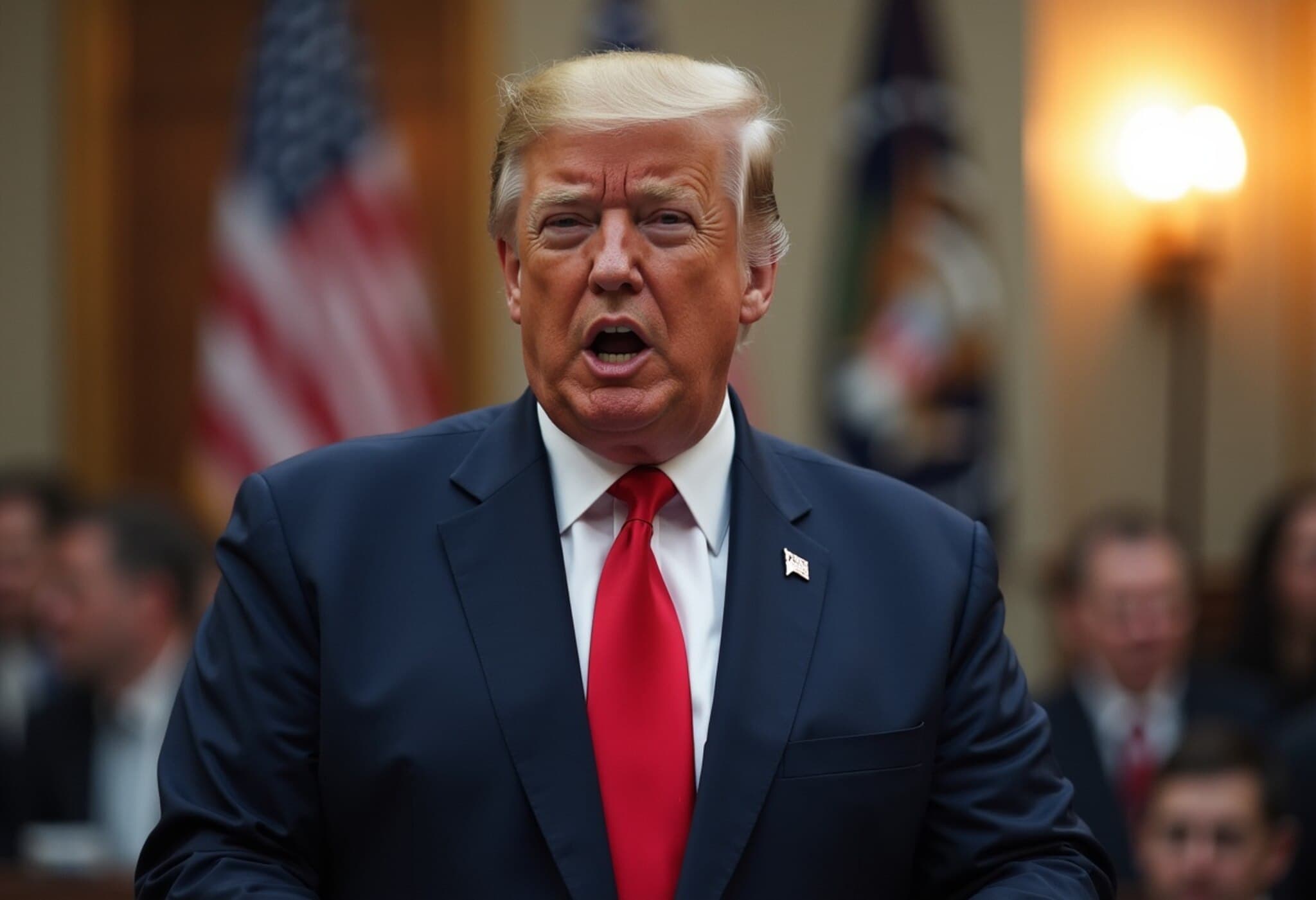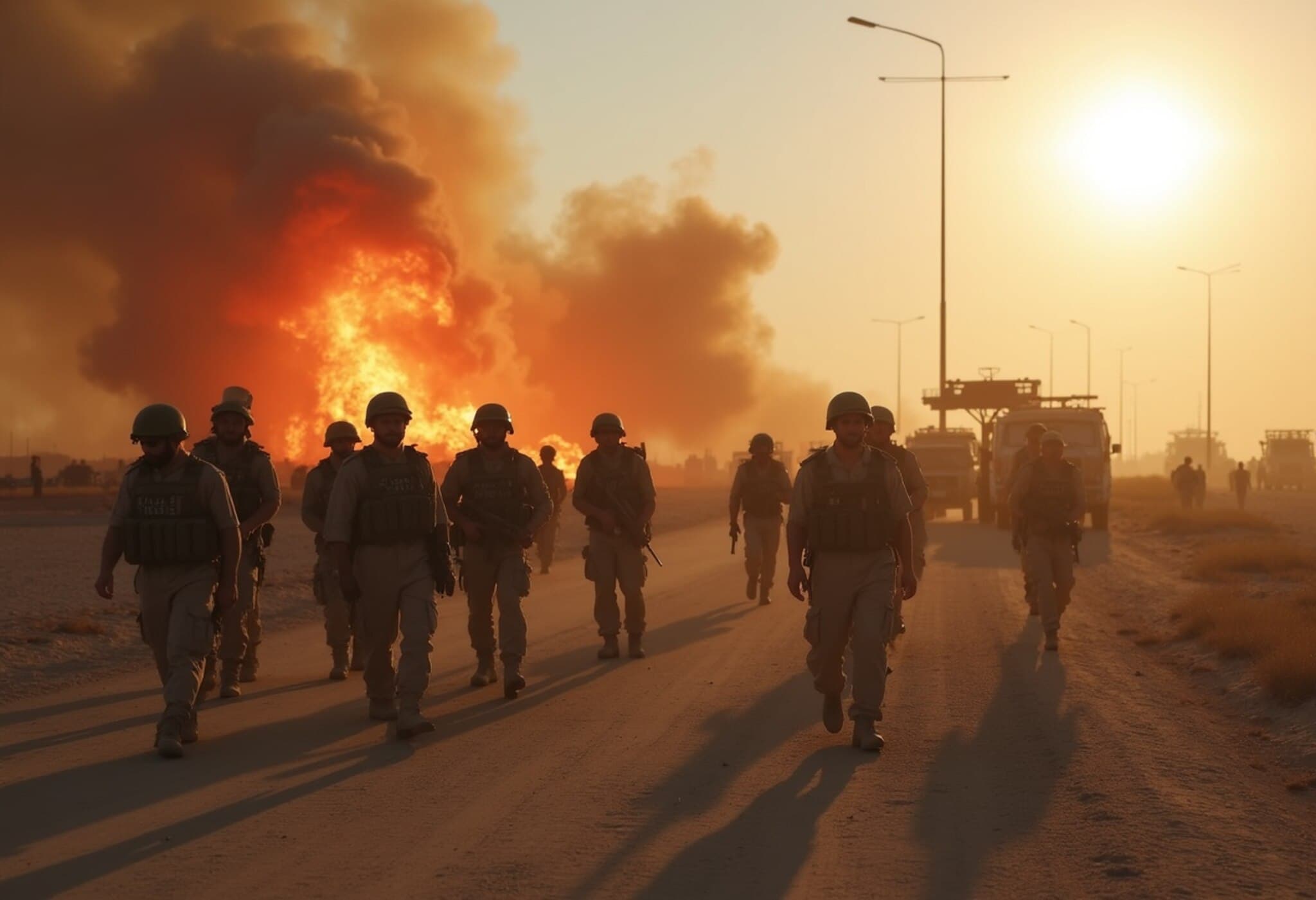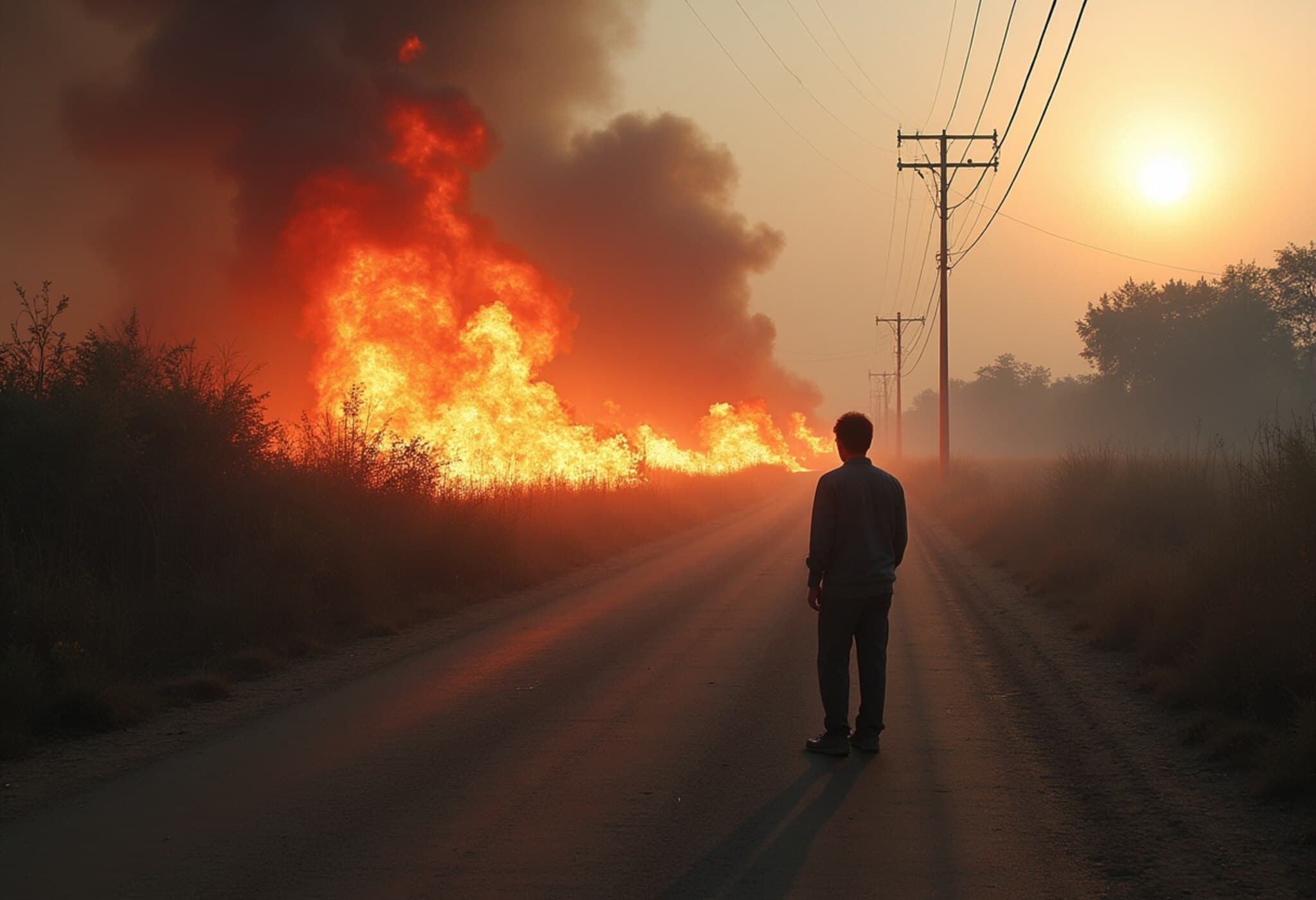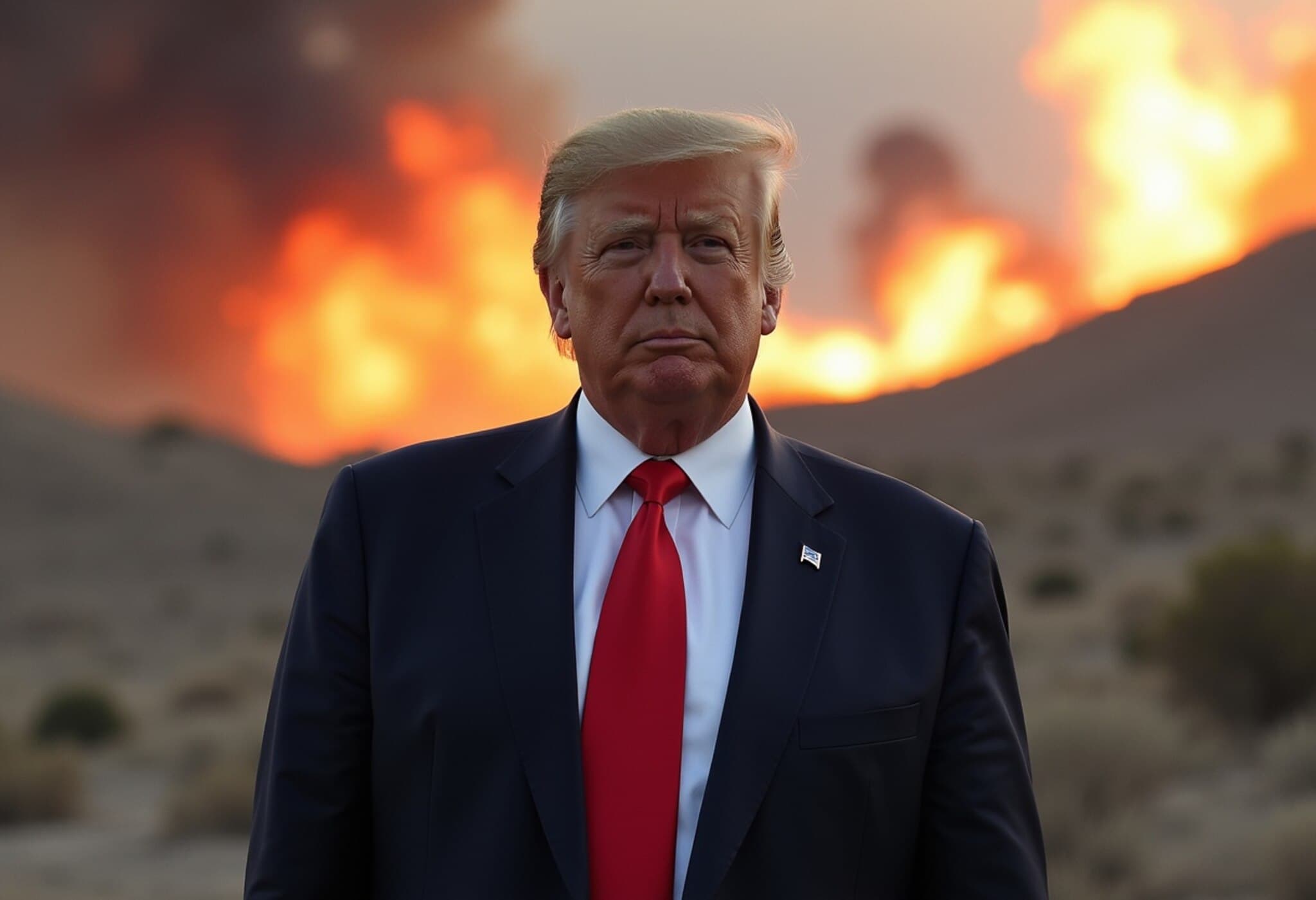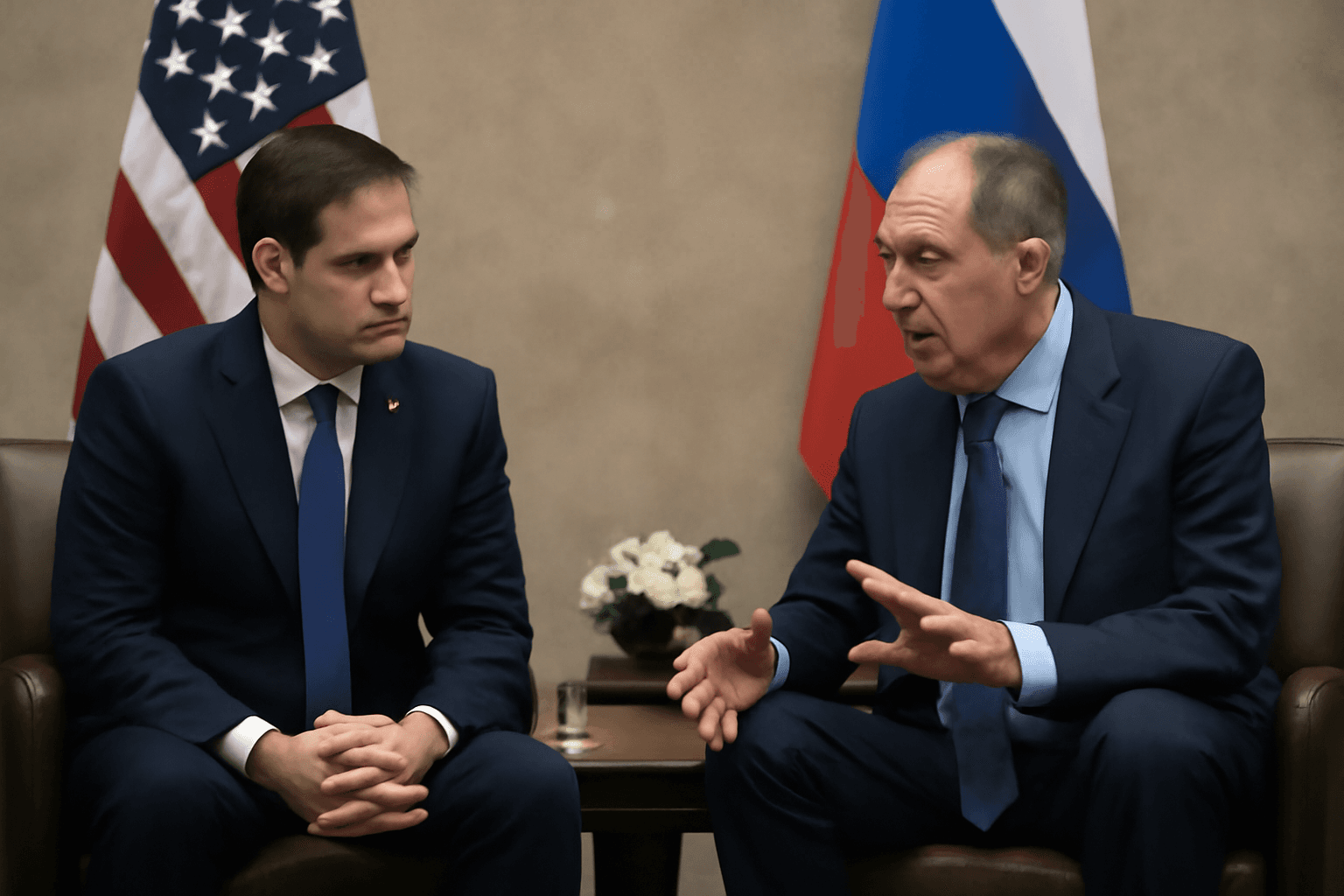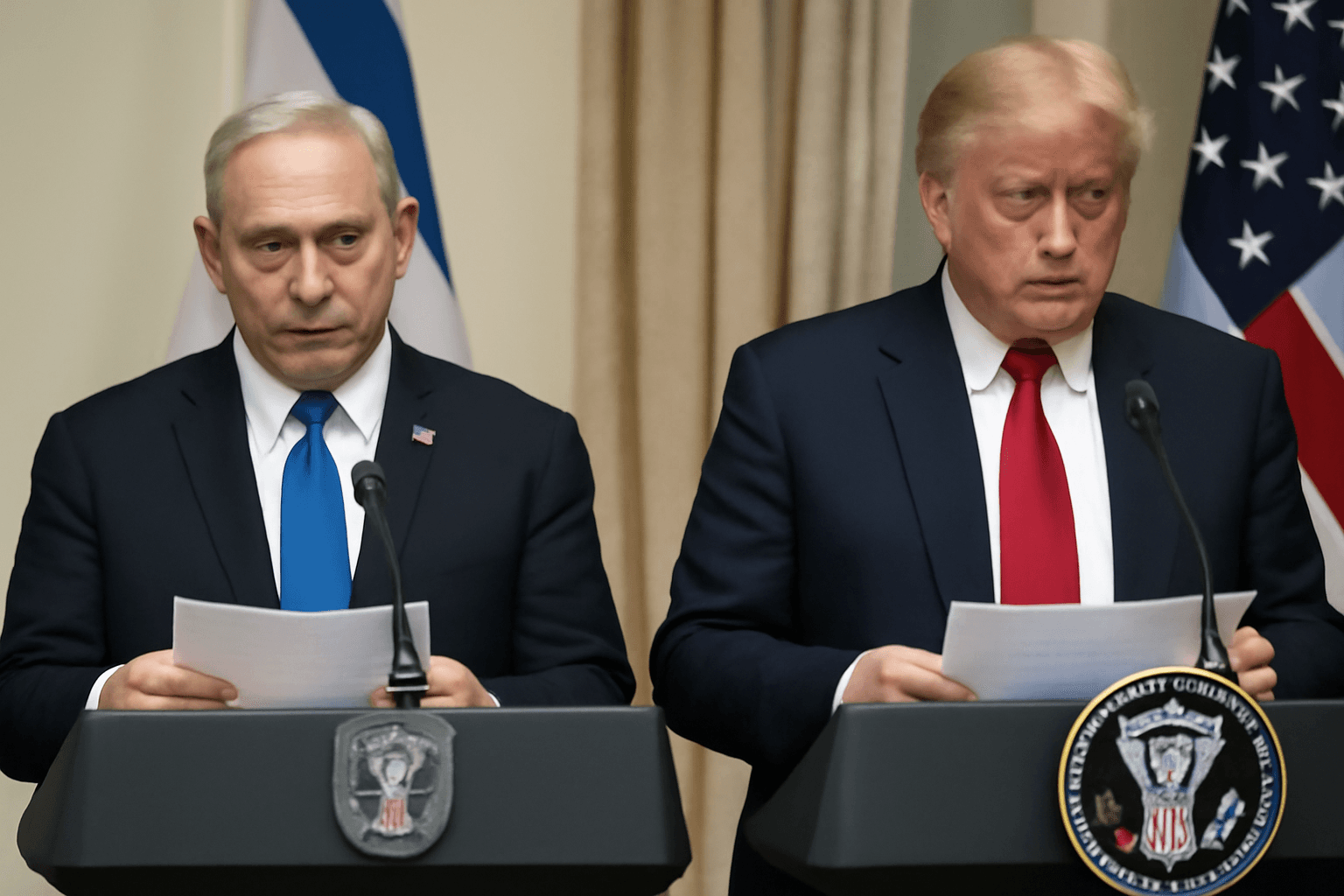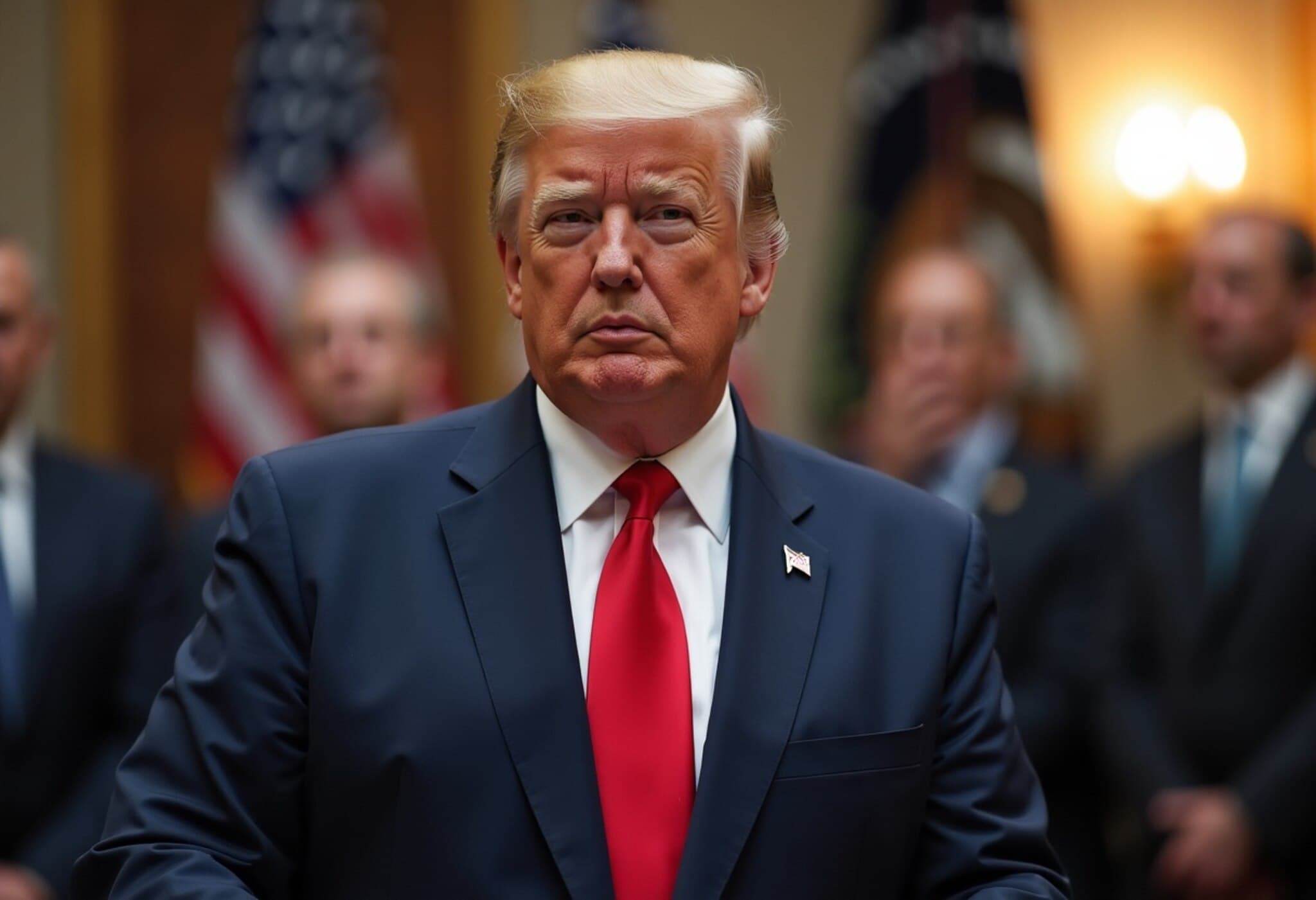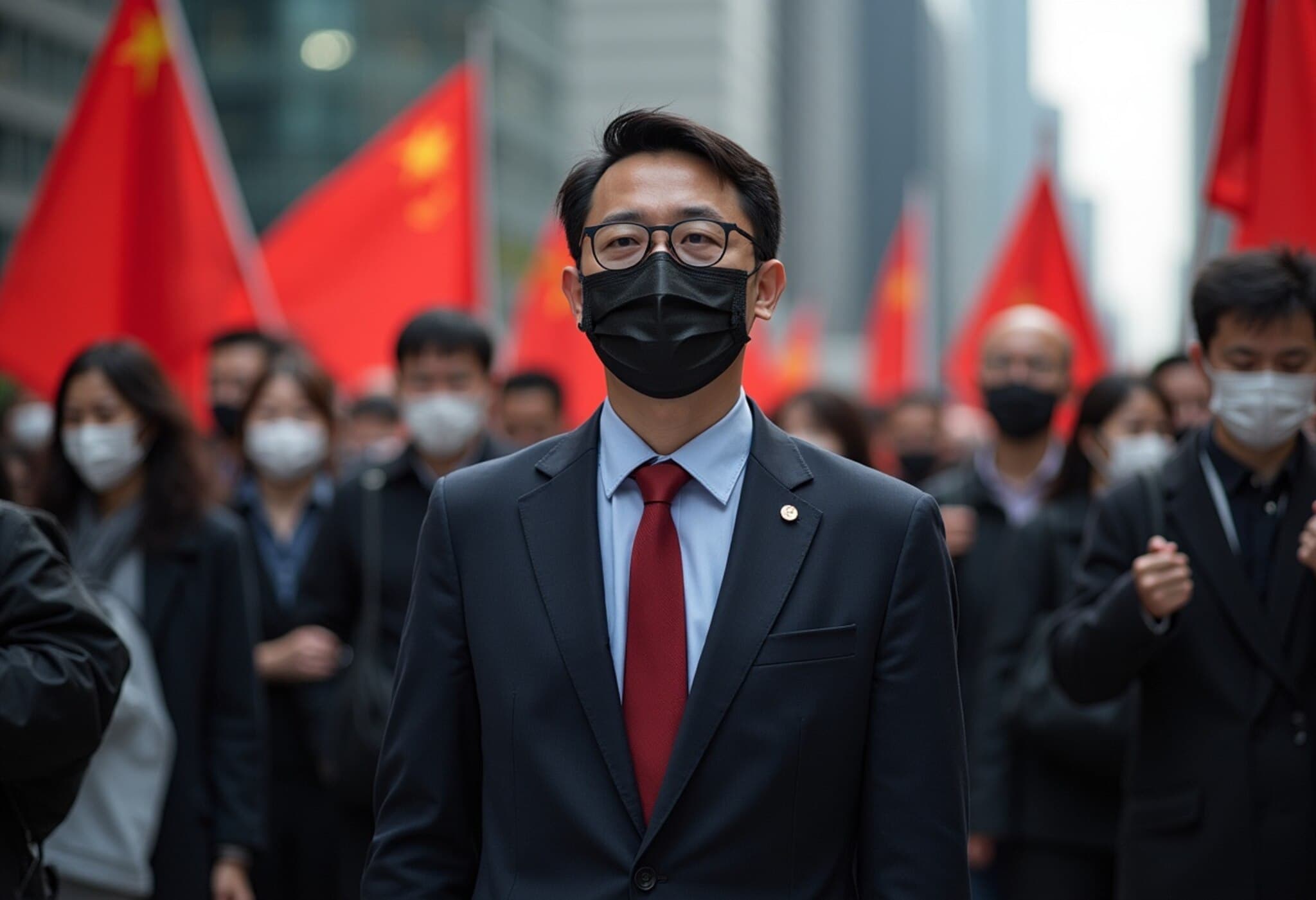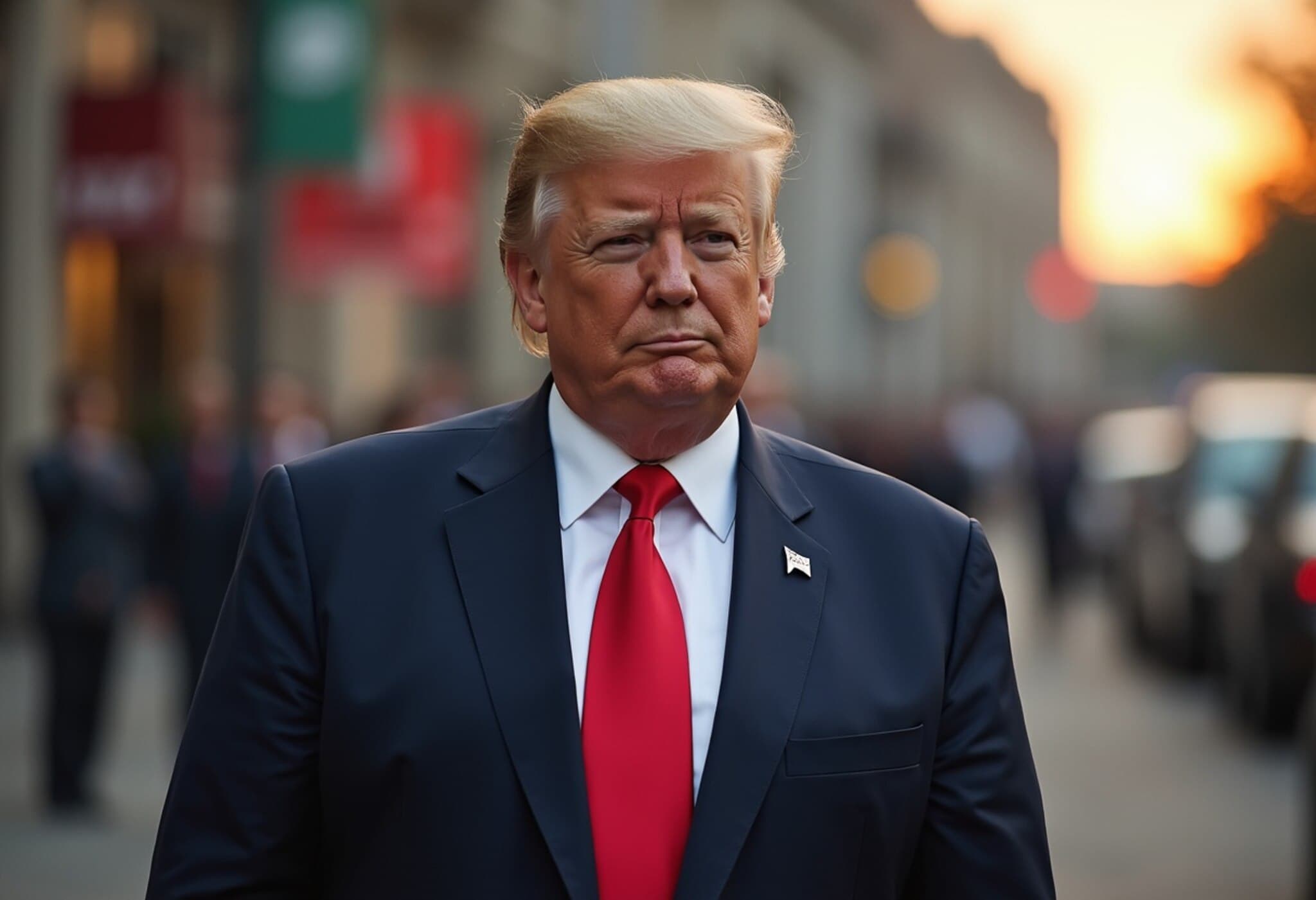Trump Calls for Immediate Ceasefire in Escalating Thailand-Cambodia Conflict
As violence between Thailand and Cambodia entered its third devastating day, former US President Donald Trump stepped forward publicly on Saturday to call for an immediate ceasefire, drawing a historical parallel to the India-Pakistan conflict. Trump emphasized the urgent need to halt the deadly clashes that have already claimed more than 30 lives and displaced nearly 150,000 people.
Diplomatic Pressure and Direct Intervention
Trump disclosed that he personally contacted both Cambodian and Thai leadership, urging them to prioritize peace. "Just spoke to the Prime Minister of Cambodia relative to stopping the war with Thailand. I am calling the Acting Prime Minister of Thailand, right now, to likewise request a ceasefire, and end to the war, which is currently raging," he wrote on his Truth Social platform.
Following his conversation with Thai officials, Trump expressed cautious optimism: "Thailand, like Cambodia, wants to have an immediate ceasefire, and peace. I am now going to relay that message back to the Prime Minister of Cambodia. After speaking to both parties, ceasefire, peace, and prosperity seems to be a natural. We will soon see!"
Human and Regional Costs Mounting
The recent border skirmishes mark the most intense military confrontation between the two Southeast Asian neighbors in over a decade, reviving long-standing tensions hinged on disputes over territory and national pride. The current war’s human toll is heartbreaking—dozens of fatalities and massive displacement have alarmed regional observers and humanitarian organizations.
Experts warn this fragile conflict risks escalating into broader regional instability unless immediate diplomatic measures succeed. Southeast Asia, already navigating complex geopolitical currents influenced by global powers including the US and China, could see exacerbated divides if violence continues.
Economic and Diplomatic Stakes for the United States
Trump highlighted that ongoing trade negotiations with both Thailand and Cambodia could be jeopardized by the conflict. "We happen to be, by coincidence, currently dealing on trade with both countries, but do not want to make any deal, with either country, if they are fighting — and I have told them so!"
This intersection of diplomacy, economics, and security encapsulates a broader challenge for US foreign policy: balancing engagement in Southeast Asia while promoting stability. The conflict underscores how regional disputes can ripple into international affairs, demanding careful, multi-dimensional responses.
Underreported Perspectives: Voices on the Ground
- Local Impact: While international attention focuses on diplomatic exchanges, the everyday people near the border are suffering—mass evacuations, disruption of livelihoods, and uncertainty loom large.
- Historical Context: The border dispute traces back decades, rooted in colonial-era demarcations and cultural intersections, complicating straightforward resolutions.
- Regional Mediation Efforts: ASEAN’s role and responsibility in mediating the conflict is crucial but remains under-discussed, highlighting gaps in regional conflict management mechanisms.
Looking Ahead: Can Diplomacy Prevail?
As the world watches, the coming days are critical. Will this historic call for peace catalyze an end to hostilities, or will long-simmering tensions boil over into wider conflict? The answer could shape Southeast Asia’s geopolitical landscape for years to come.
Editor’s Note:
This evolving situation challenges us to think beyond immediate headlines. It raises key questions: How can international actors effectively support peaceful resolutions without imposing external agendas? What role should regional organizations play in crisis prevention and response? And, importantly, how do we ensure that the voices of those directly affected are amplified rather than overshadowed by geopolitics? With stakes so high, the answers matter profoundly—for peace, human dignity, and global stability.

